Gyeongsan Seonbonsa Temple (선본사(경산))
14.5Km 2021-12-02
699, Gatbawi-ro, Gyeongsan-si, Gyeongsangbuk-do
+82-53-851-1868
Seonbonsa Temple is a centrally administered temple of the Jogye Order. It was originally built in 491 by Geukdal, and later repaired in 1641. The temple is home to many important cultural treasures, including the Stone Seated Buddha at Gwanbong Peak (Treasure), Three-story Stone Pagoda (Gyeongsangbuk-do Cultural Heritage), and stone lanterns.
Palgongsan National Park (Gatbawi Section) (팔공산국립공원(갓바위지구))
14.5Km 2025-04-08
716-64 Gatbawi-ro 81-gil, Wachon-myeon, Gyeongsan-si, Gyeongsangbuk-do
Located east of Daegu downtown, Palgongsan Mountain (altitude 1,192.3 meters) was called both Jungaksan and Buaksan Mountain during the Silla period. The mountain has many ancient temples and historical sites such as the Gatbawi Stone Buddha, Wonhyosa Temple, Cheonseongsa Temple and Bulgulsa Temple.
Artbox - Gyeongsan Hayang-ro Branch [Tax Refund Shop] (아트박스 경산하양)
14.7Km 2024-04-22
87, Hayang-ro, Hayang-eup, Gyeongsan-si, Gyeongsangbuk-do
-
Daegu Arboretum (대구수목원)
14.8Km 2023-11-17
342 Hwaam-ro, Dalseo-gu, Daegu
+82-53-803-7270
Daegu Arboretum is located at the site of an old sanitary landfill. The restoration of the area passed through many stages from 1996 until the opening in May 2002. It is home to more than thousands of species of plants including giant cacti, flowers, medicinal herbs, and trees in 21 gardens. The arboretum serves as an ecological education center and rest area for Daegu citizens. Ecology experience programs for students and young children are held regularly during summer vacation. Nearby attractions include Apsan and Duryu Parks, as well as Palgongsan and Biseulsan Mountains.
Palgongsan National Park (Pagyesa Temple District) (팔공산국립공원(파계사지구))
14.9Km 2025-04-08
741 Pagye-ro, Dong-gu, Daegu
+82-53-939-0080
Palgongsan National Park is located close to Palgongsan Mountain, one of the larger mountains in the Taebaek Mountain Range. Palgongsan Mountain is located 20 kilometers northeast from downtown Daegu, where Nakdonggang River and Geumhogang River meet. The mountain has three peaks in a row: Birobong Peak in the center and Dongbong Peak (aka Mitabong, 1,155 m) and Seobong Peak (aka Samseongbong, 1,150 m) on each side.
The park is within the administrative district of Dong-gu, Daegu and has four towns along its border including Yeongcheon-si, Gyeongsan-si, and Chilgok-gun. A number of Buddhist temples including Donghwasa Temple, the headquarters of the 9th Buddhist Parish, are located in the area.
The park has numerous rocks and valleys and is carpeted with azaleas in the spring. In autumn, many visitors flock to the park to admire the fall foliage on the trees lining the 16.3 kilometer-long roadway that runs through the park. With vibrant green leaves in spring and a delicate snowscape in the winter, Palgongsan Mountain is an attractive destination for visitors throughout the year.
Deira (데이라)
14.9Km 2021-03-19
47, Seodang-ro, 9-gil, Dalseo-gu, Daegu
+82-53-592-0786
An Indian curry specialty store. The representative menu is curry. This is a Asian restaurant located in Dalseo-gu, Daegu.
Optic Libre Haebang Eyewear - Daegu Daegok Station Branch [Tax Refund Shop] (옵틱리브레해방안경 대구대곡역점)
15.0Km 2024-06-28
2708, Biseul-ro, Dalseo-gu, Daegu
-
Keimyung Art Center (계명아트센터)
15.3Km 2021-06-10
1095, Dalgubeol-daero, Dalseo-gu, Daegu
053-580-6600
Keimyung Art Center covers an area of 10,000 square meters with three above ground floors and two basement floors. It is equipped with 1,954 seats and cutting-edge stage facilities for hosting diverse genres of performance arts like operas, musicals, concerts, plays, and dance. Since its opening in October 2008, the center has been greatly contributing in facilitating communication with a broad audience and increasing cultural opportunities for Daegu citizens. The center also arranges various social restoration and educational programs.
Inheung Village (인흥마을)
15.4Km 2020-04-14
16, Inheung 3-gil, Dalseong-gun, Daegu
+82-53-668-3162
The descendants of Mun Ik-jeom, who are known to have
brought the Nampyeong Mun clan to prosperity, reportedly came to Daegu about 500 years ago. It was during the time of Mun Gyeong-ho (1812-1874), the 18th descendant of Mun Ik-jeom, that the clan became established in Inheung. Mun executed his plan to create a village for the clan by putting down roots in the old site of Inheungsa Temple, a large-scale temple in the Goryeo era.
Yonghojae, which is a place for offering ancestral memorial services, is the first building established at the village constructed before or after 1920. The first residential building was built around the late 1800s in the form of thatched cottage. During the course of a hundred years, the village developed into what it is today. Featuring about 70 or so tile-roofed homes, Inheung Village is only about 200 years old but it is a great example of traditional residential homes of the em>yangban upper class in the Yeongnam region. The harmony between the way the village is organized and the surrounding landscape is unique and rare.
Village of the Nampyeong Mun Clan in Bon-ri (남평문씨본리세거지)
15.4Km 2021-03-16
16, Inheung 3-gil, Dalseong-gun, Daegu
+82-53-668-3162
The Village of the Nampyeong Mun Clan in Bon-ri was built on what used to be part of a temple, but was organized following a well-field system to make the area a residence for many generations. As of now, nine houses and two pavilions remain, as well as a low wall along the road.
The main building of the village is Subongjeongsa, located in the center of the area. It was used for meeting guests, as well as a gathering place for the family, and features beautiful gardens. Gwanggeodang Hall was an educational place for studies and refinement. Insumungo Storage Building preserves about 10,000 books and clan treasures. It started out as a small building but later was expanded, including an additional building constructed just to read books.
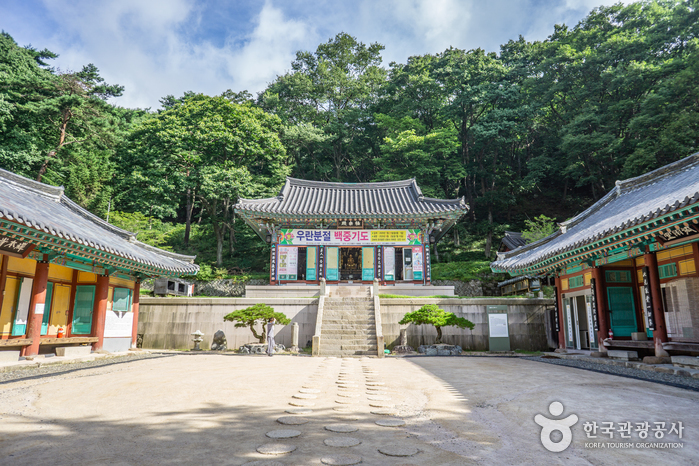
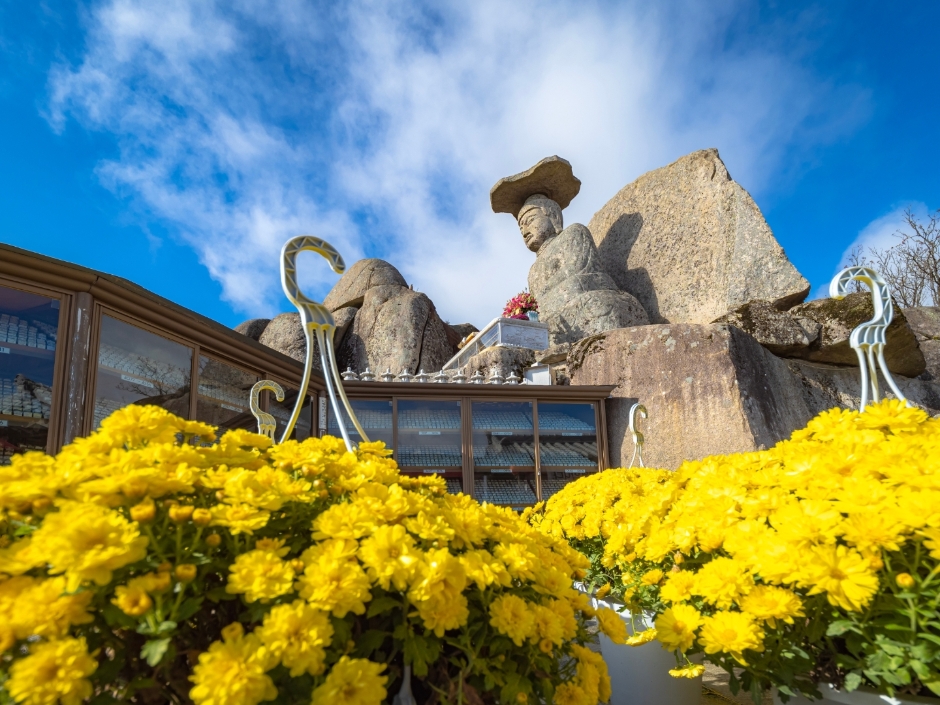
![Artbox - Gyeongsan Hayang-ro Branch [Tax Refund Shop] (아트박스 경산하양)](http://tong.visitkorea.or.kr/cms/resource/51/2883751_image2_1.jpg)
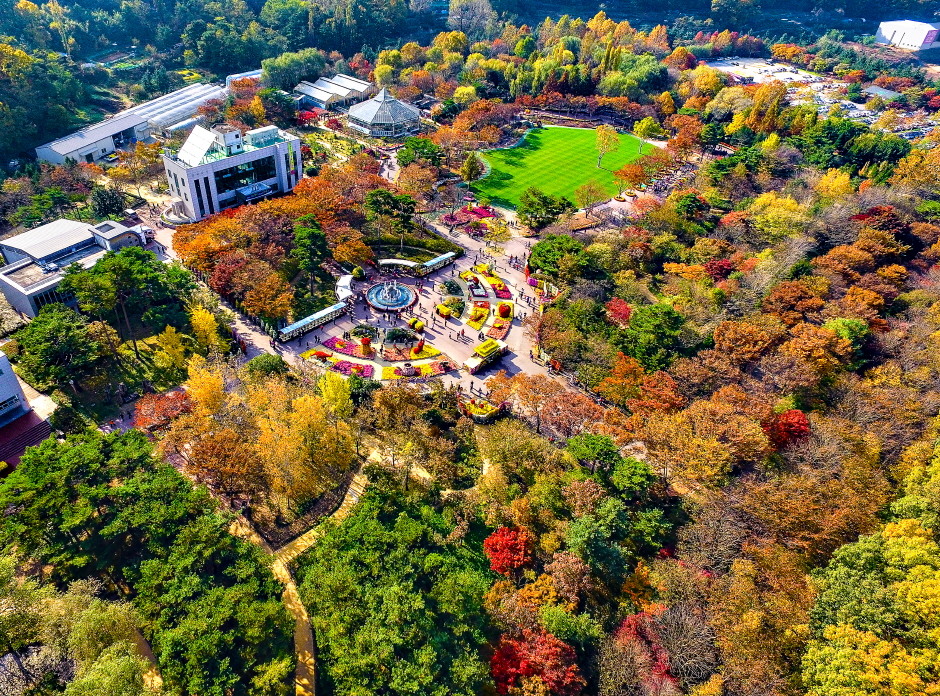
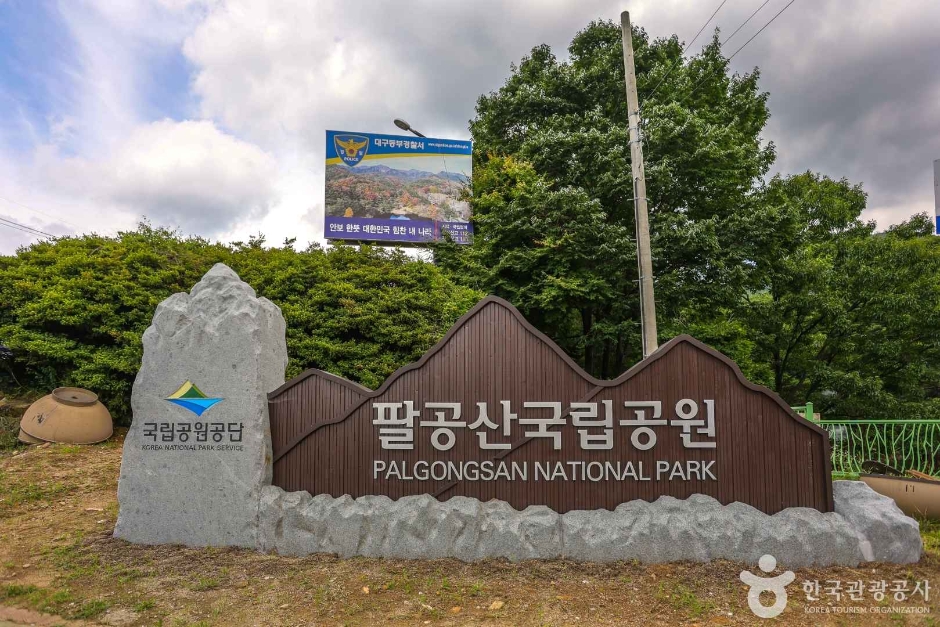

![Optic Libre Haebang Eyewear - Daegu Daegok Station Branch [Tax Refund Shop] (옵틱리브레해방안경 대구대곡역점)](http://tong.visitkorea.or.kr/cms/resource/65/3312765_image2_1.jpg)
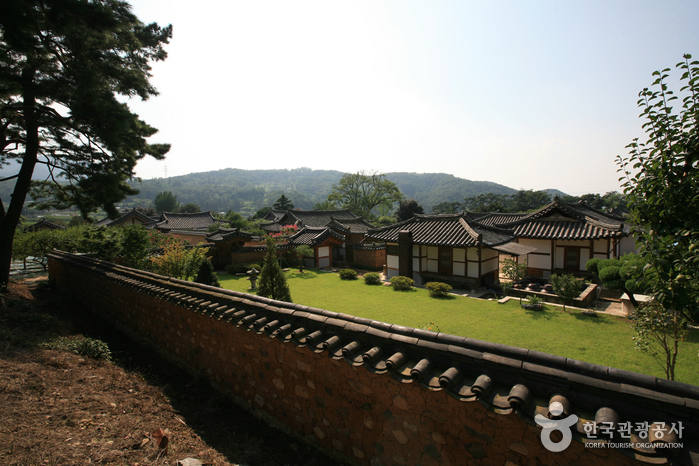
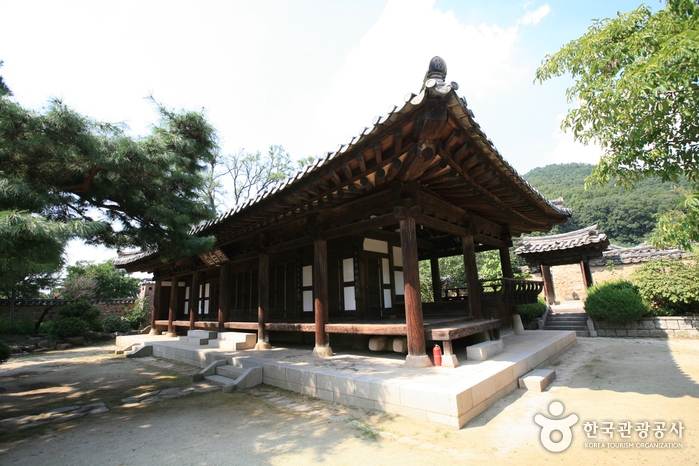
 English
English
 한국어
한국어 日本語
日本語 中文(简体)
中文(简体) Deutsch
Deutsch Français
Français Español
Español Русский
Русский